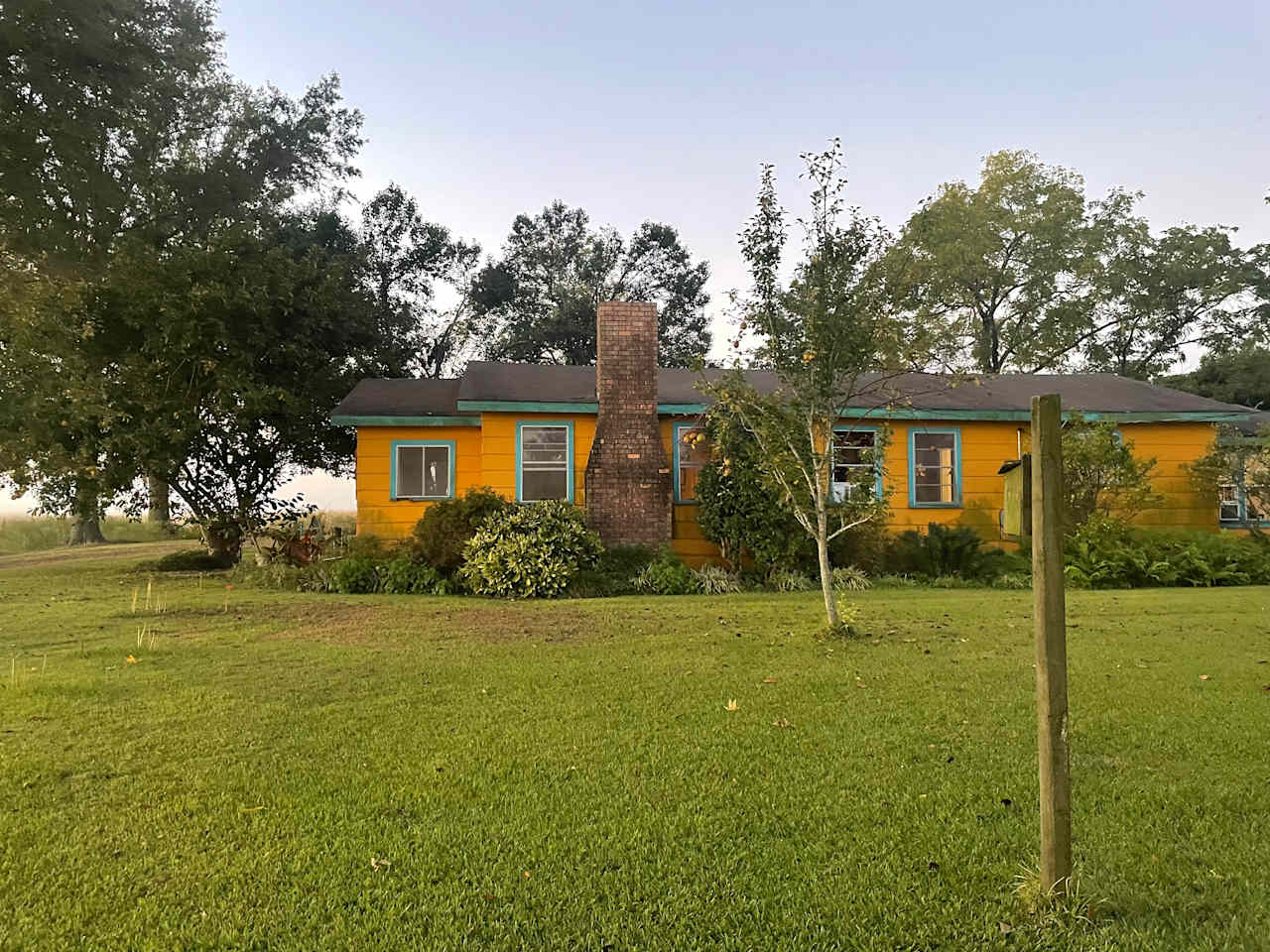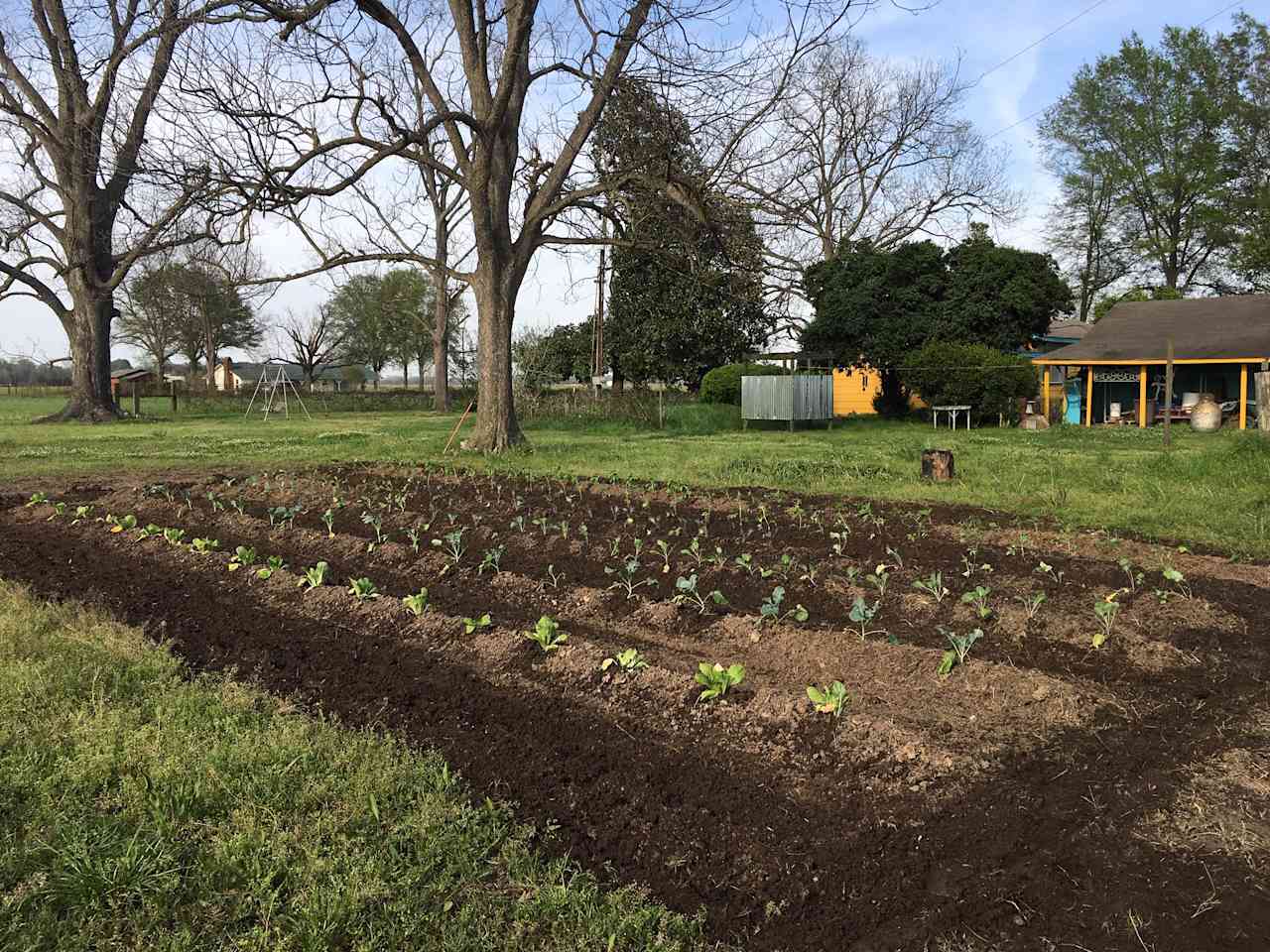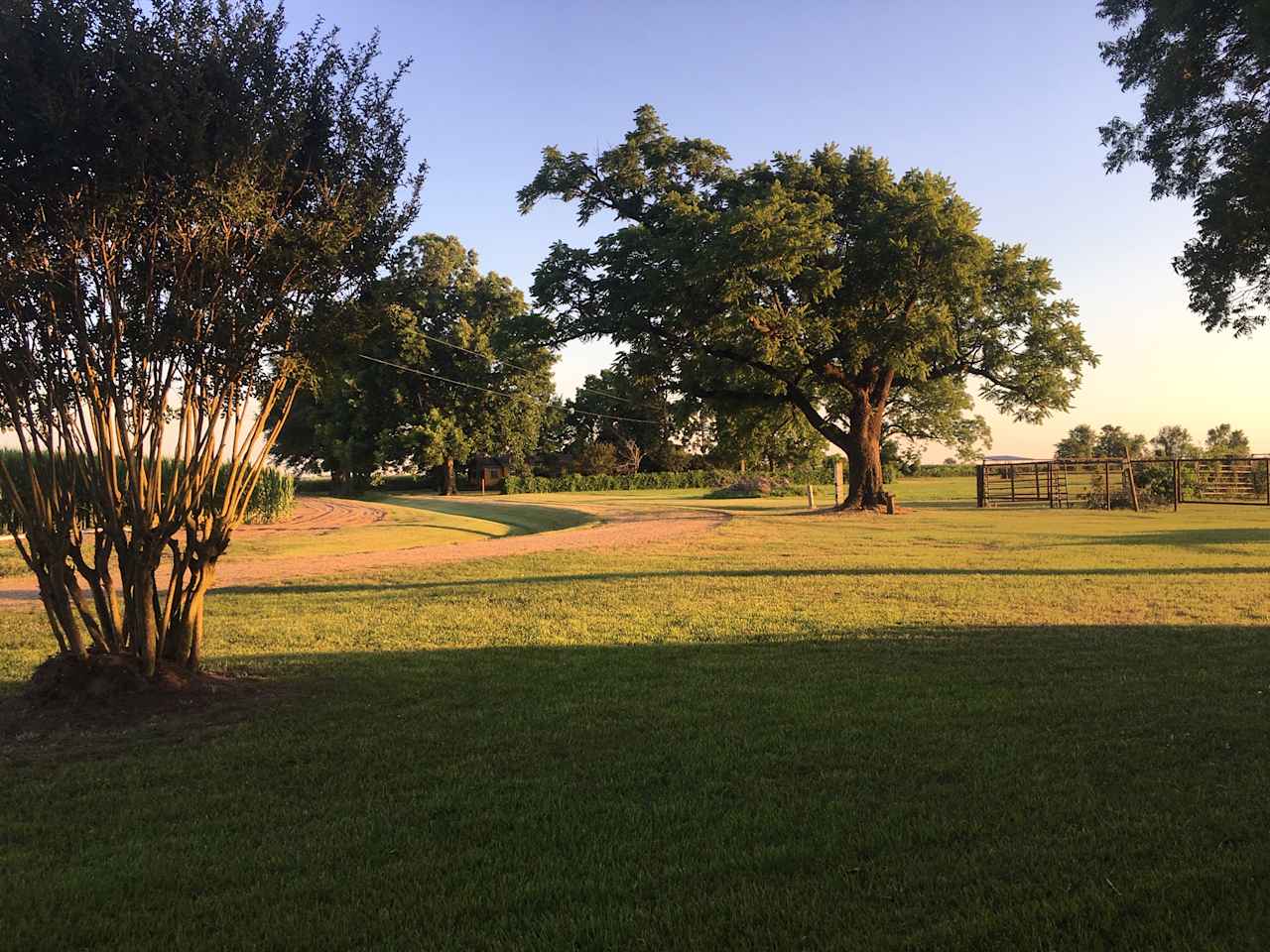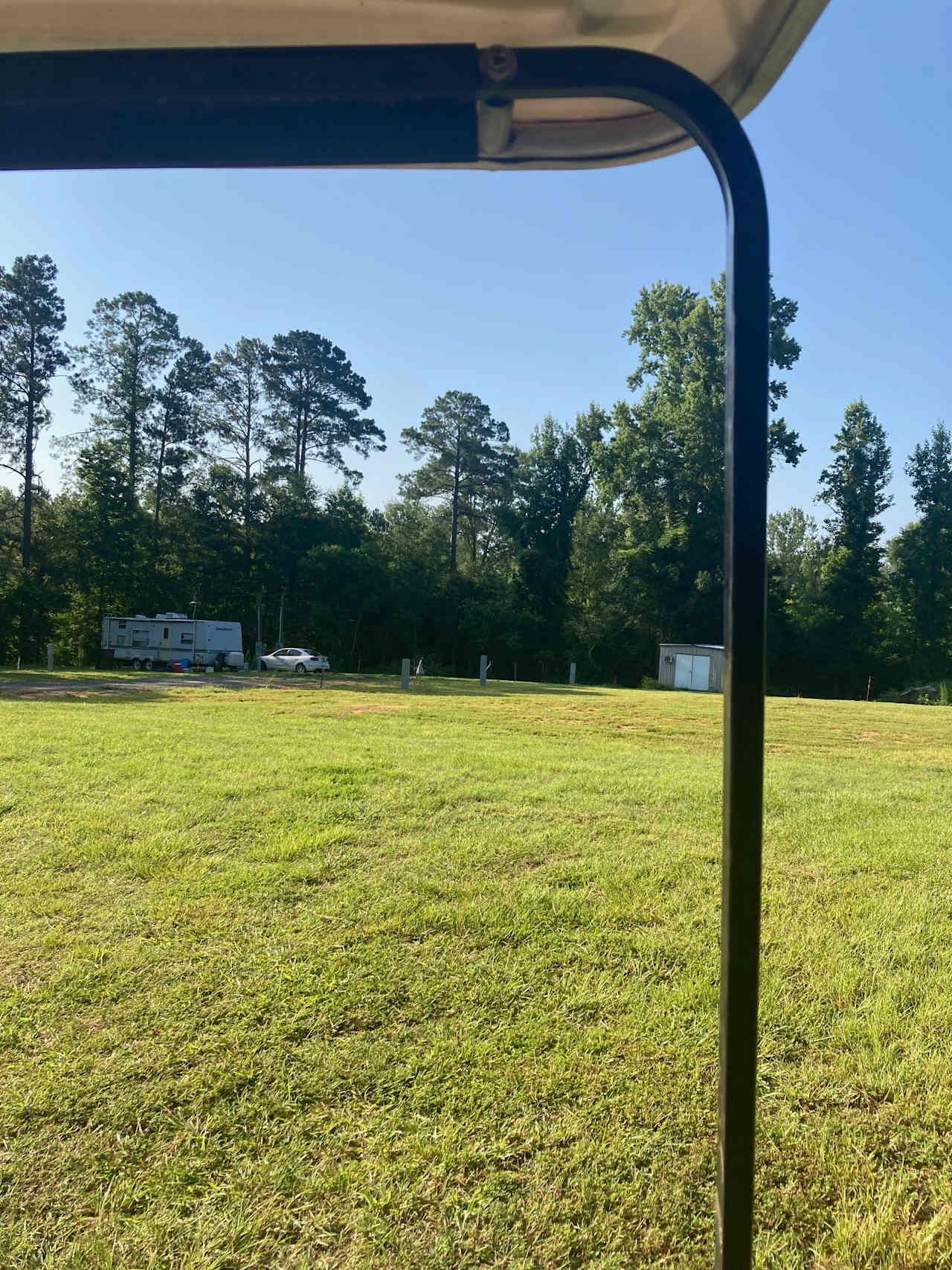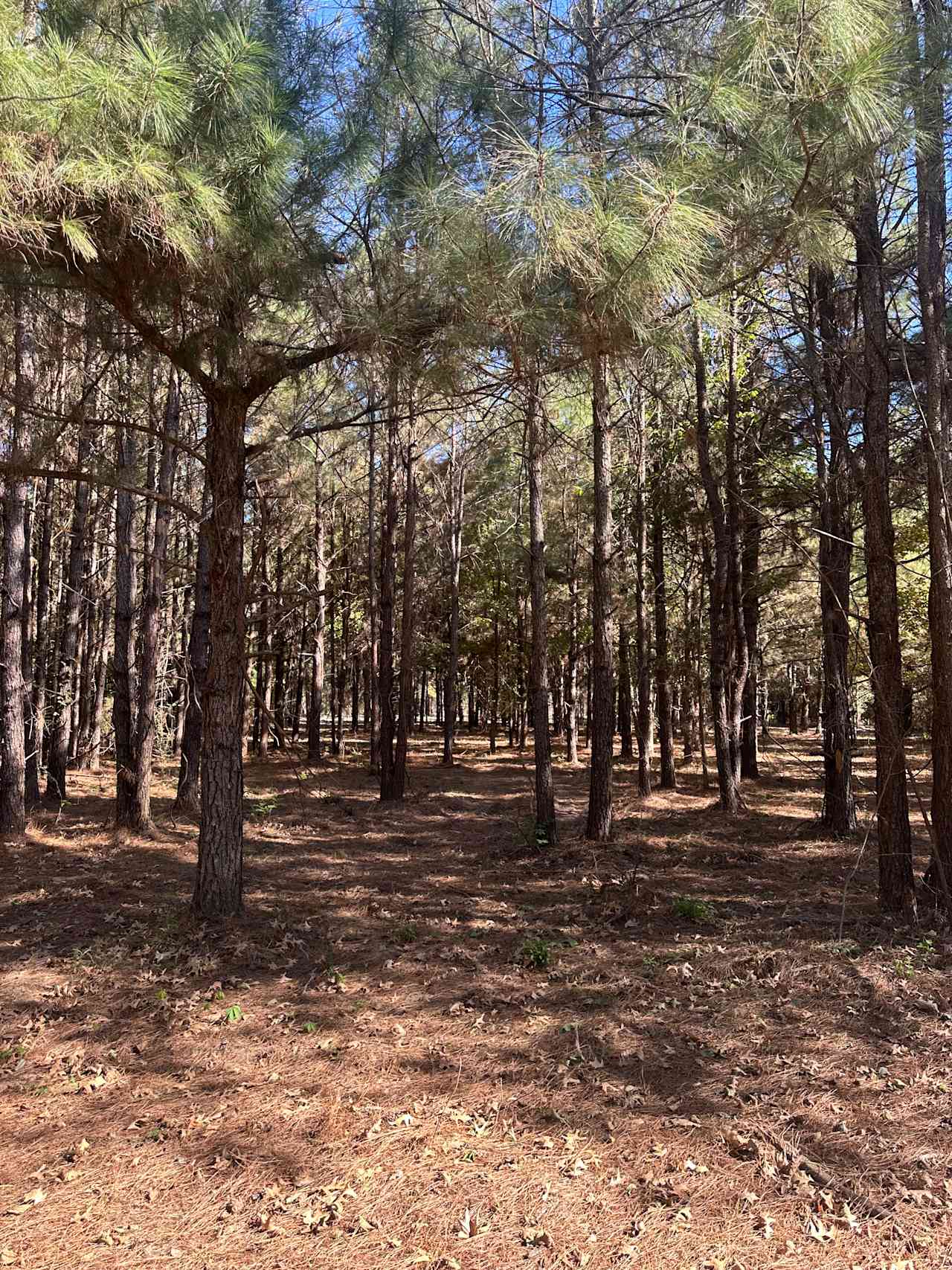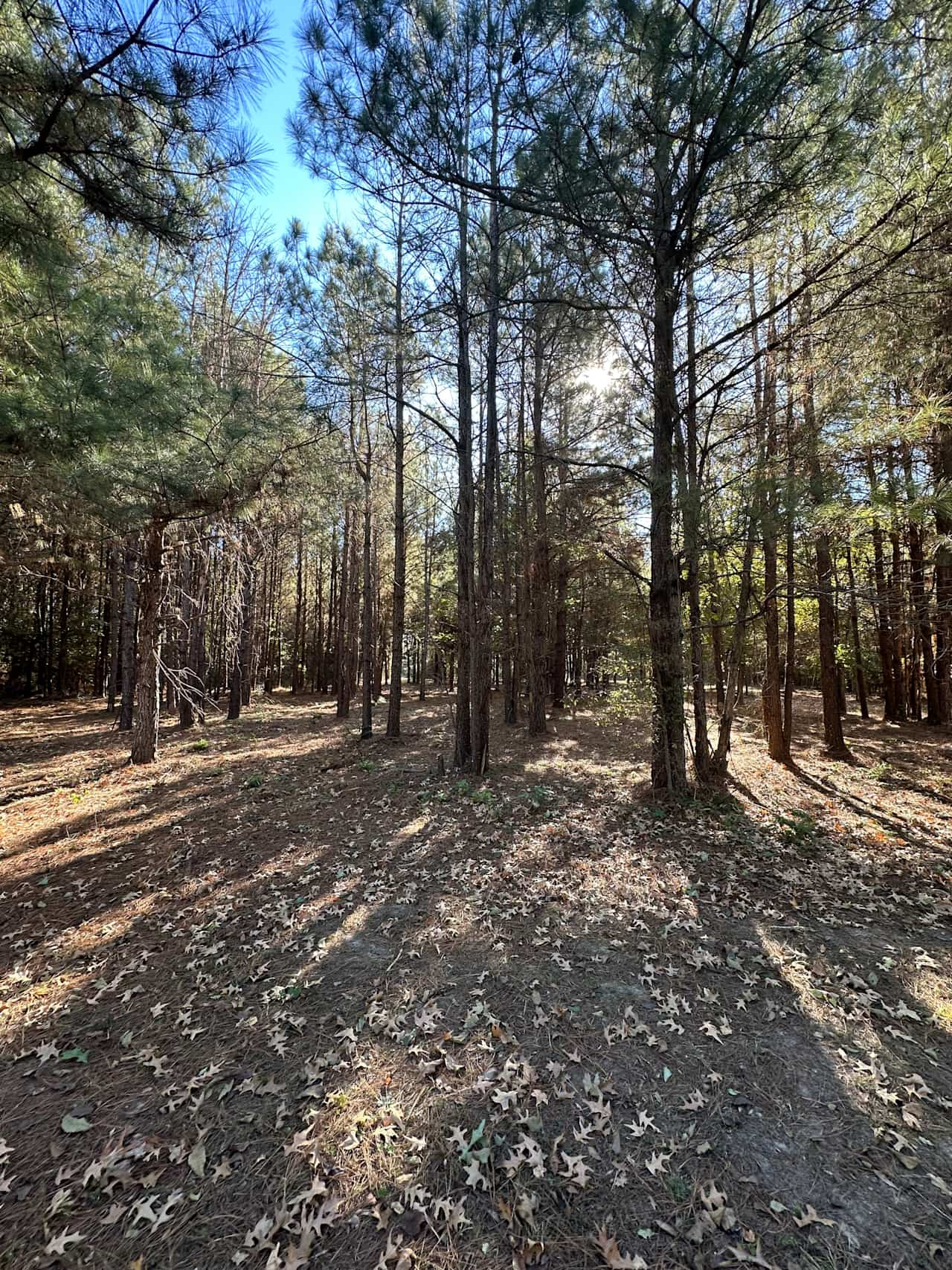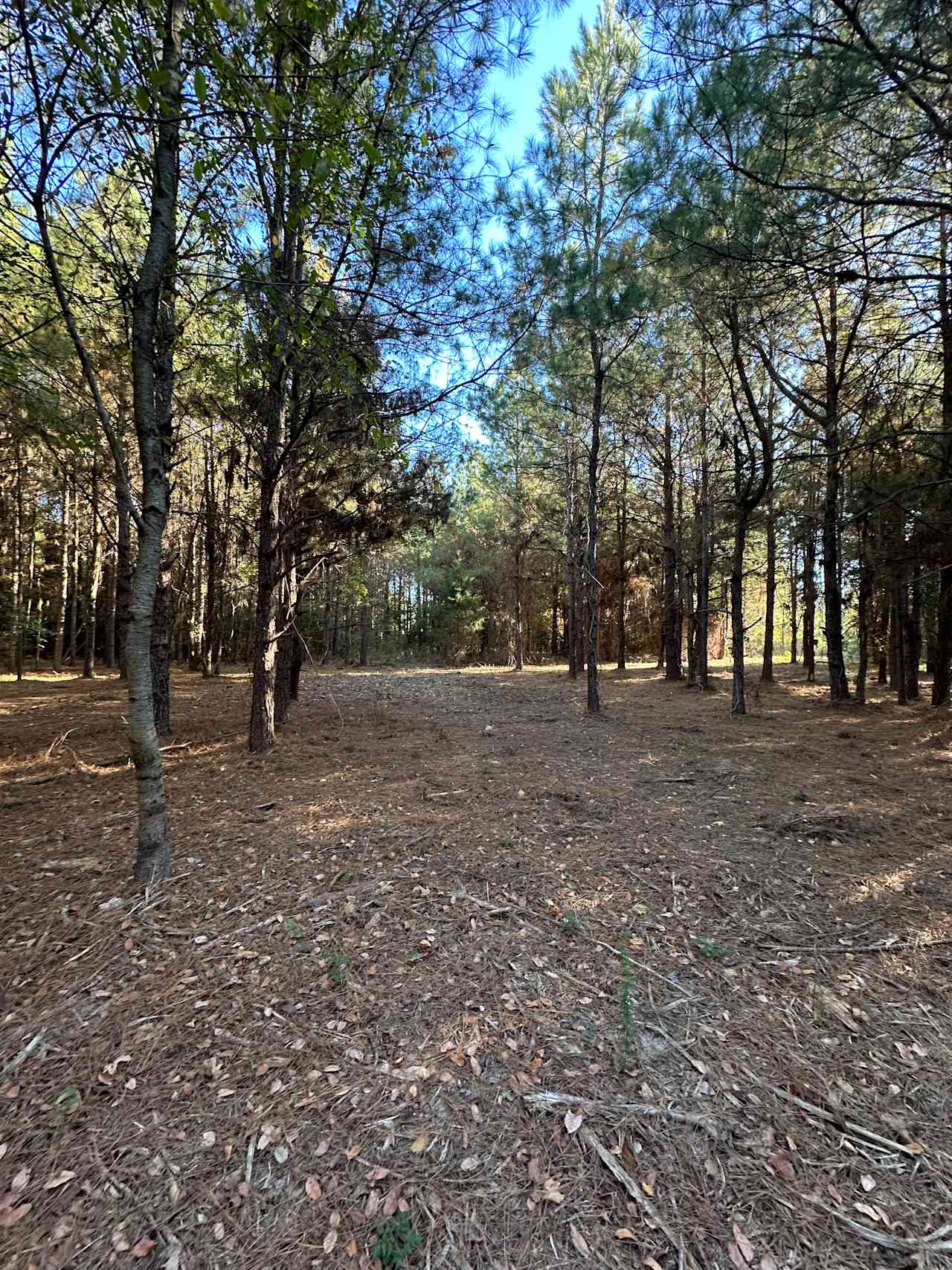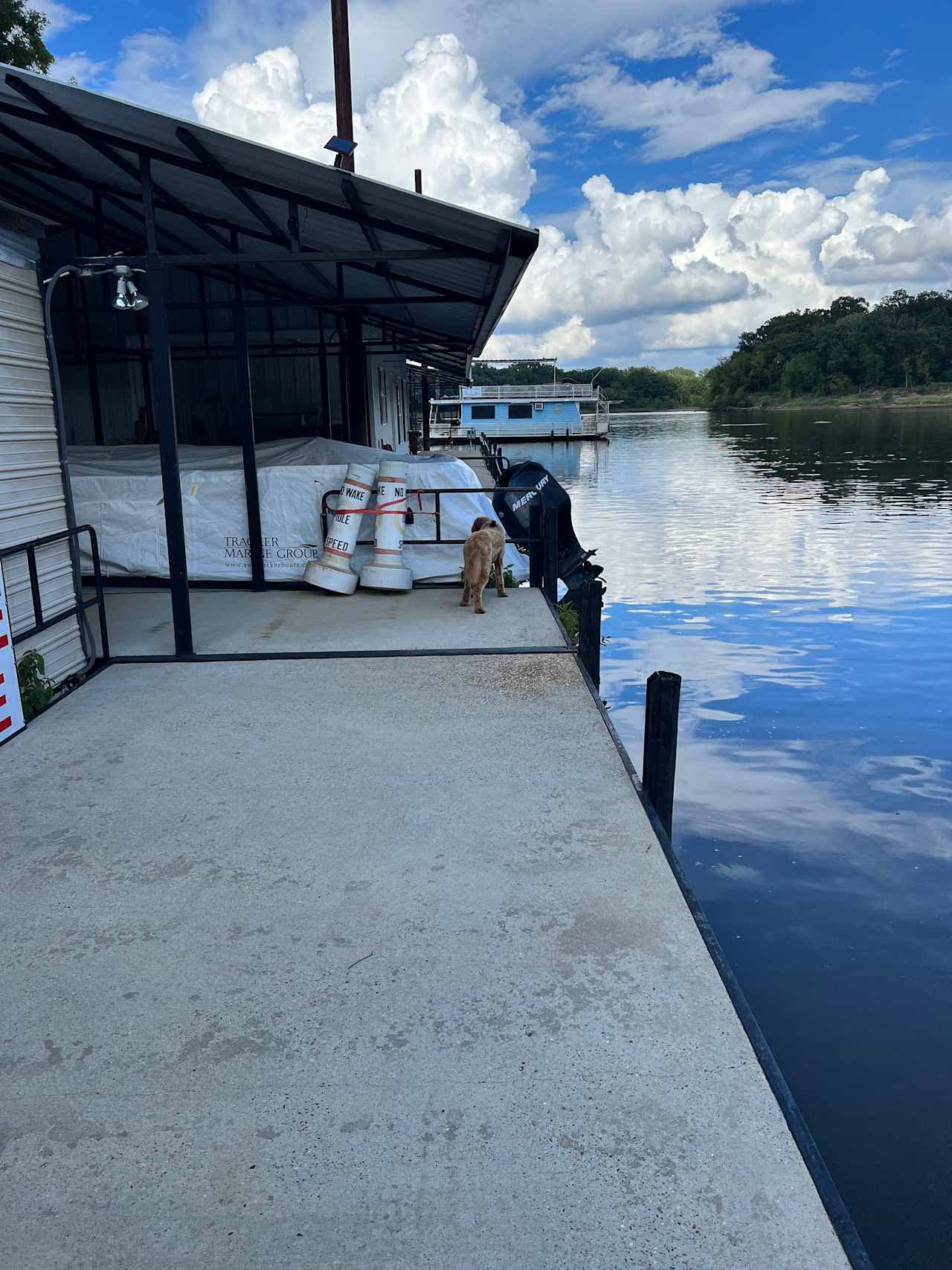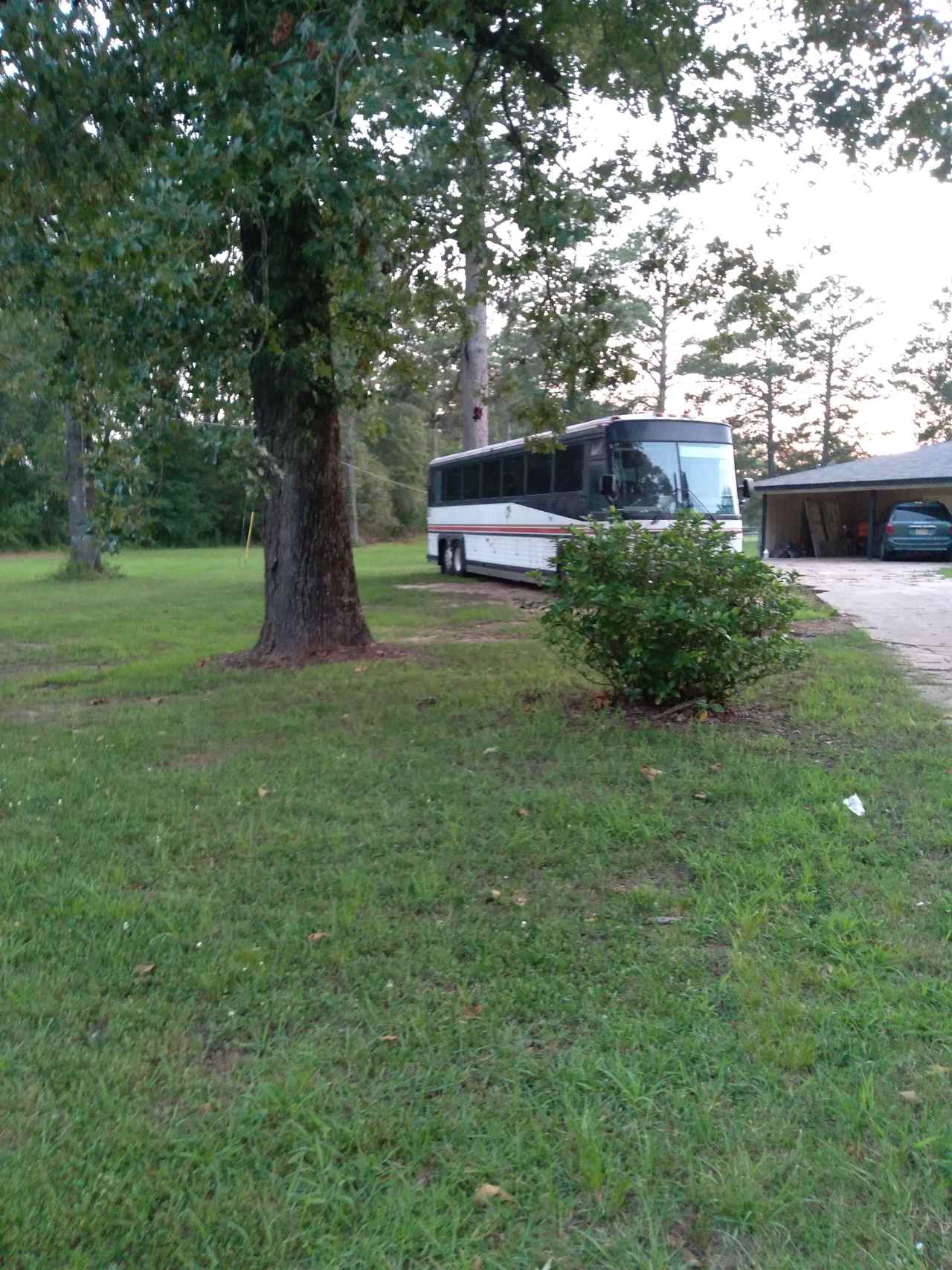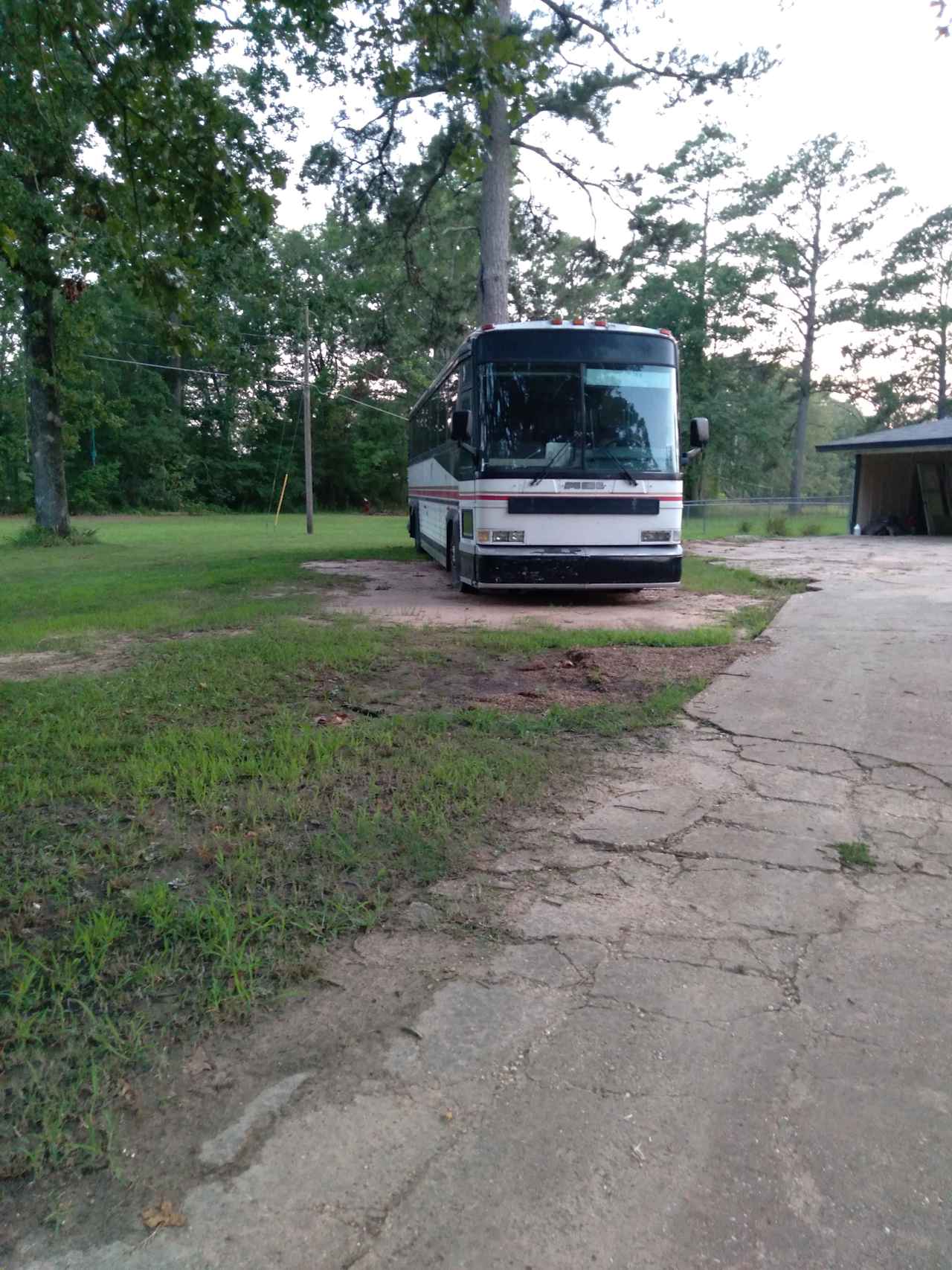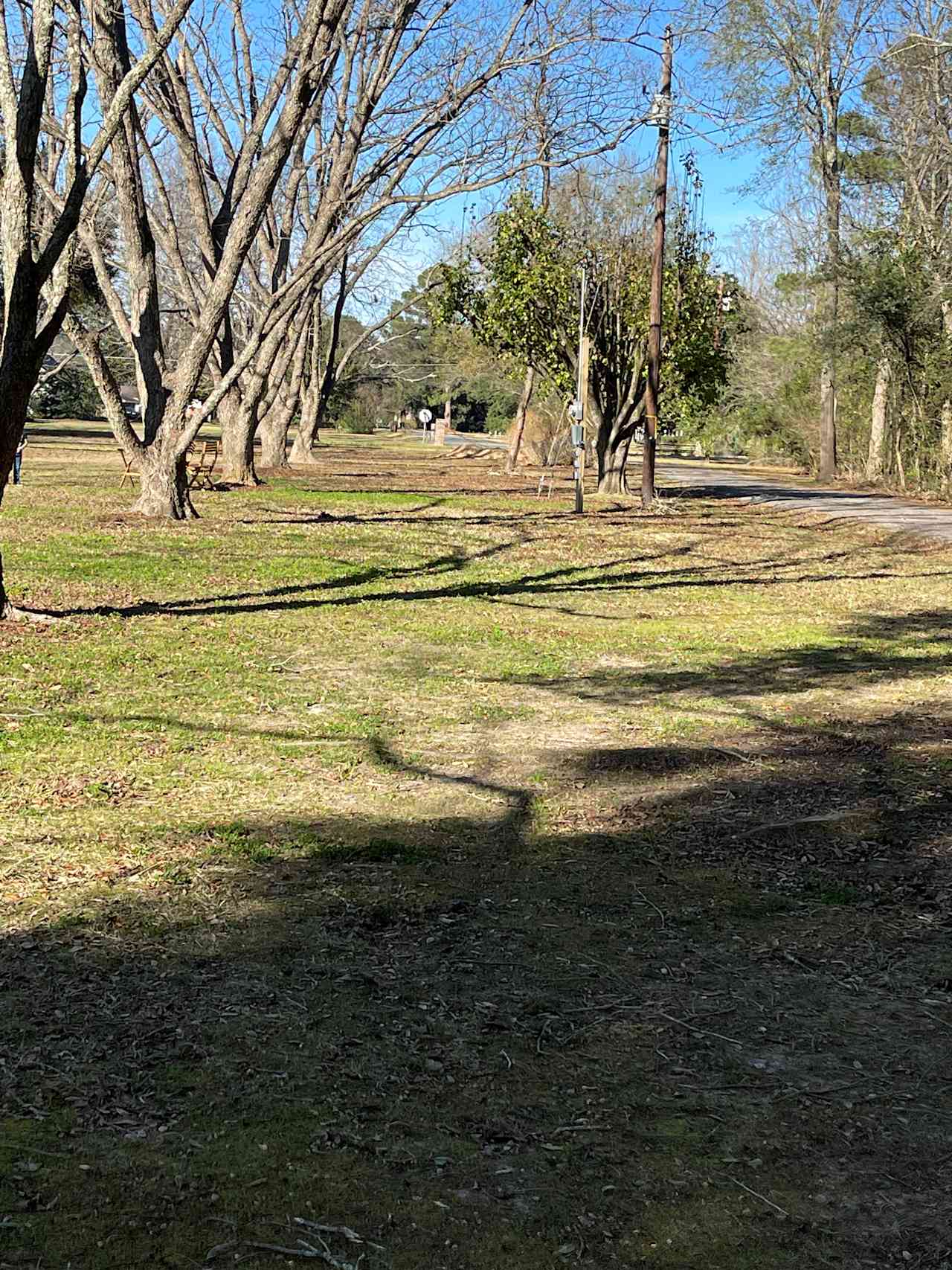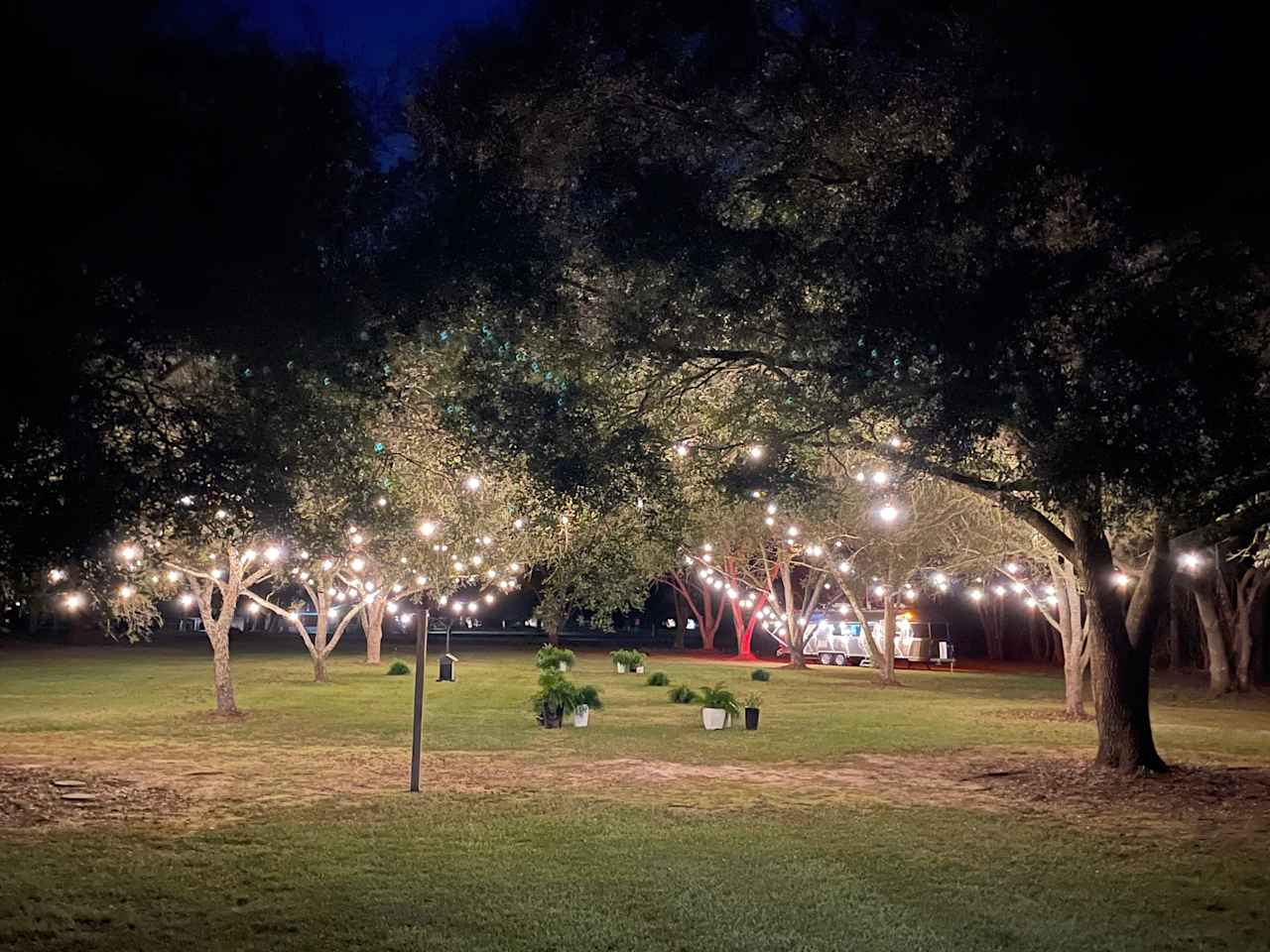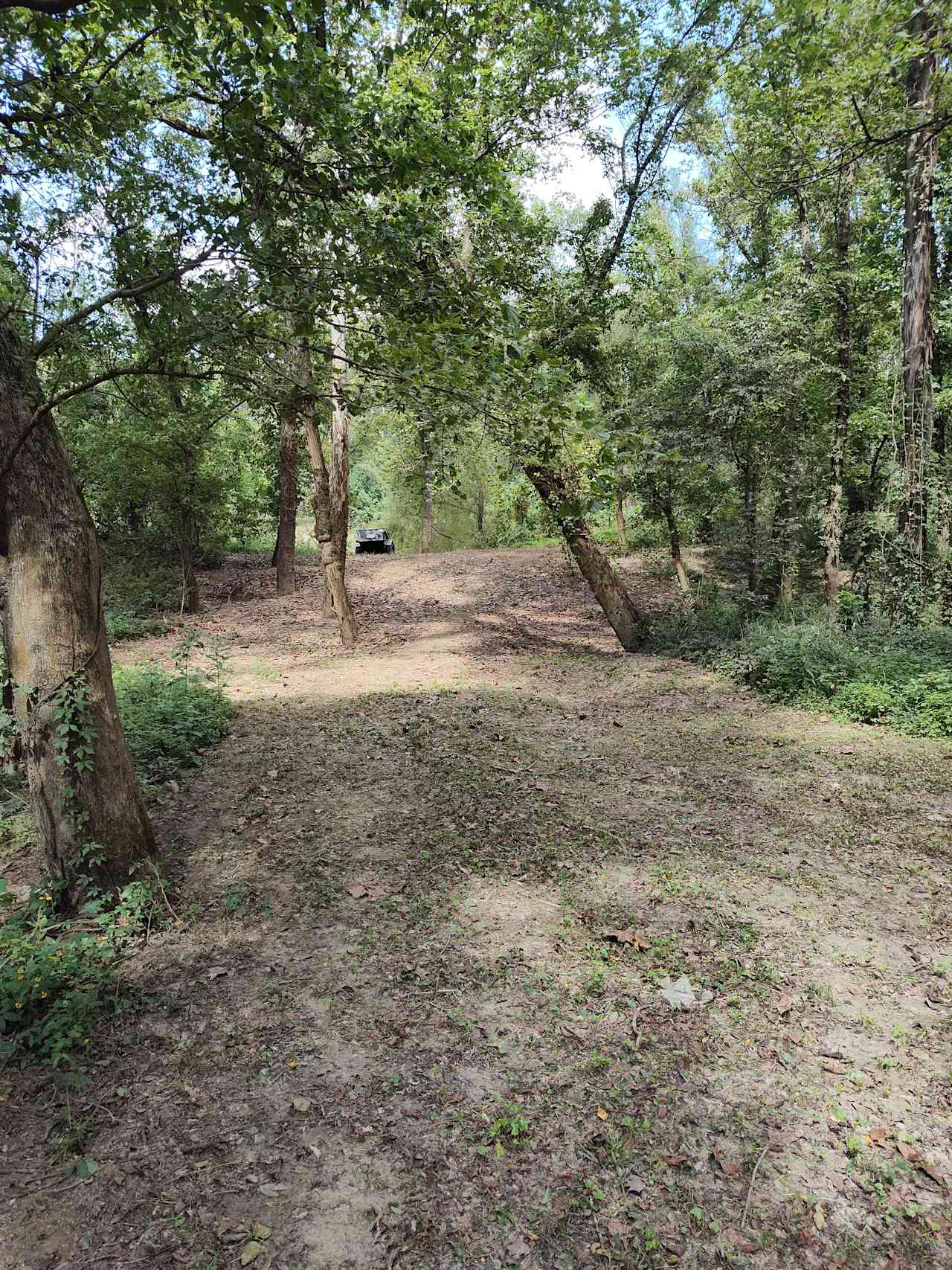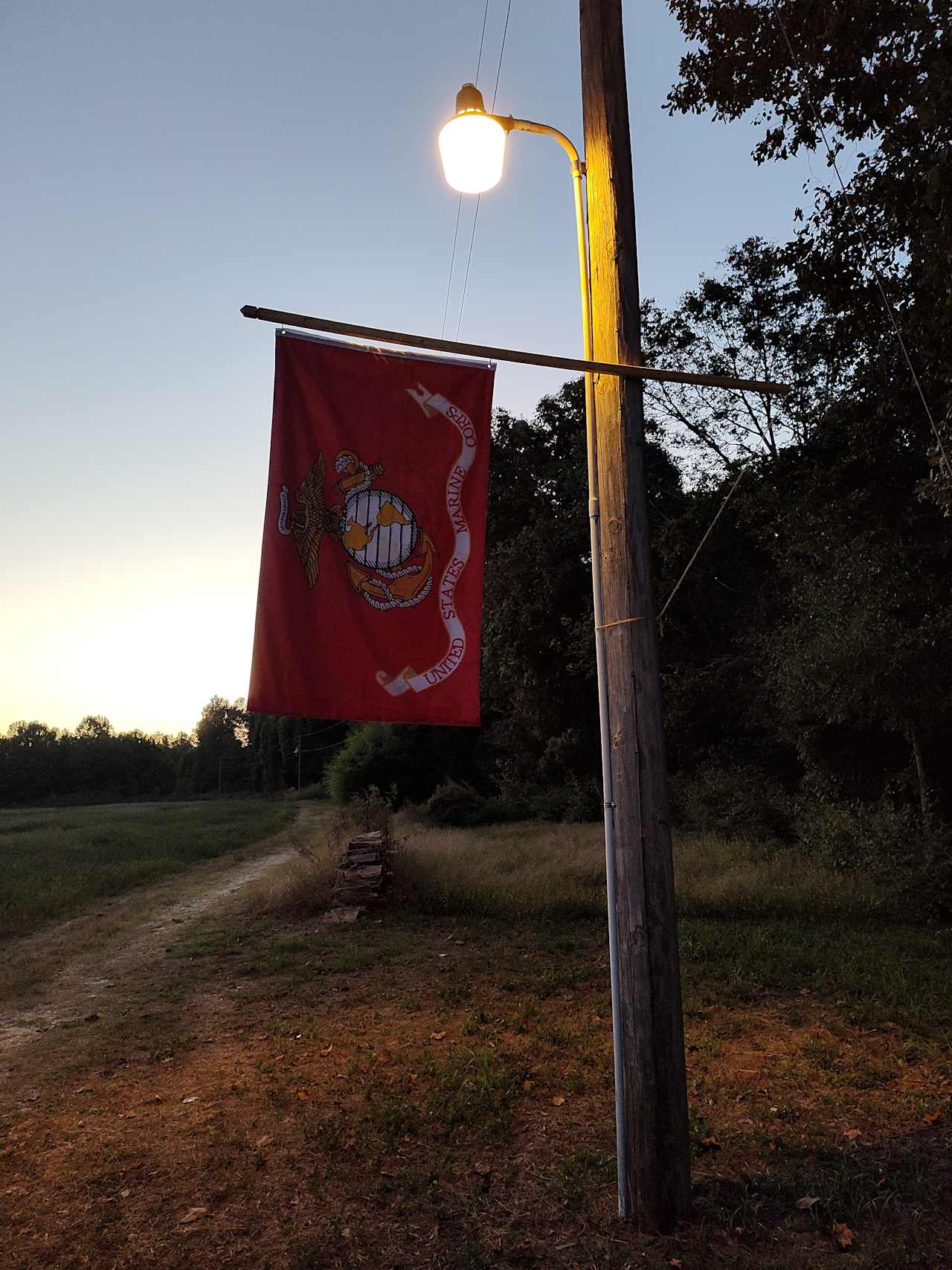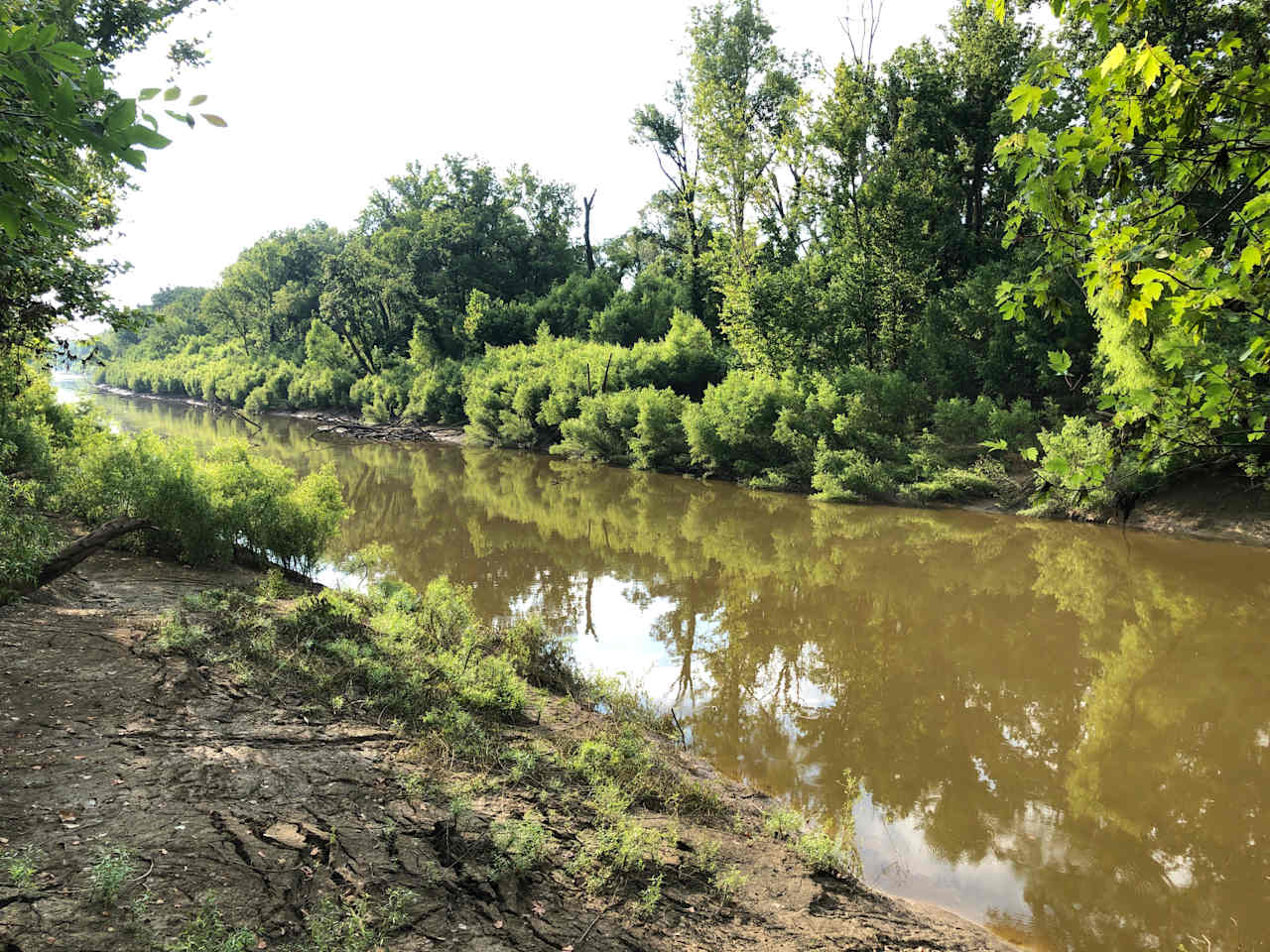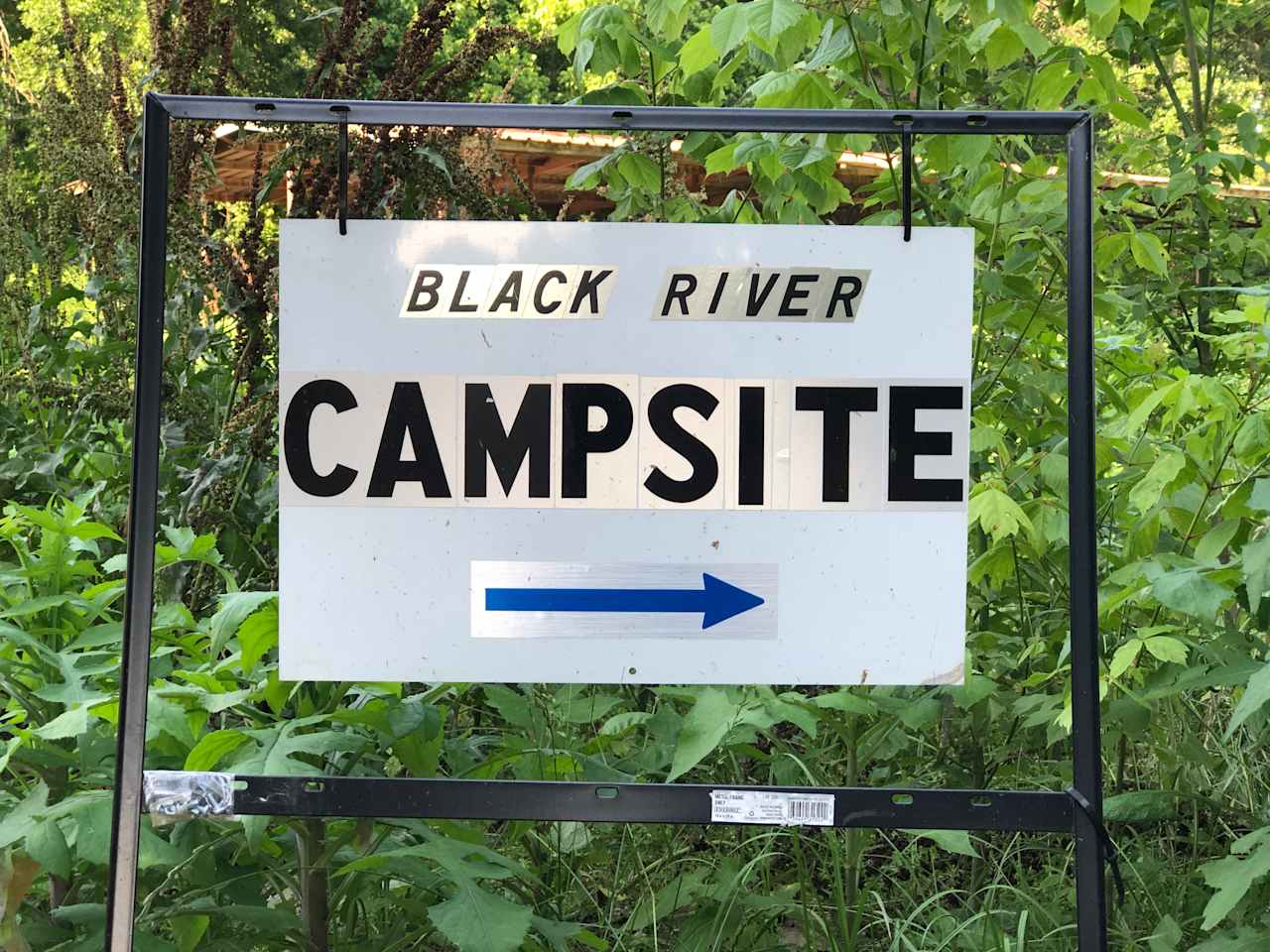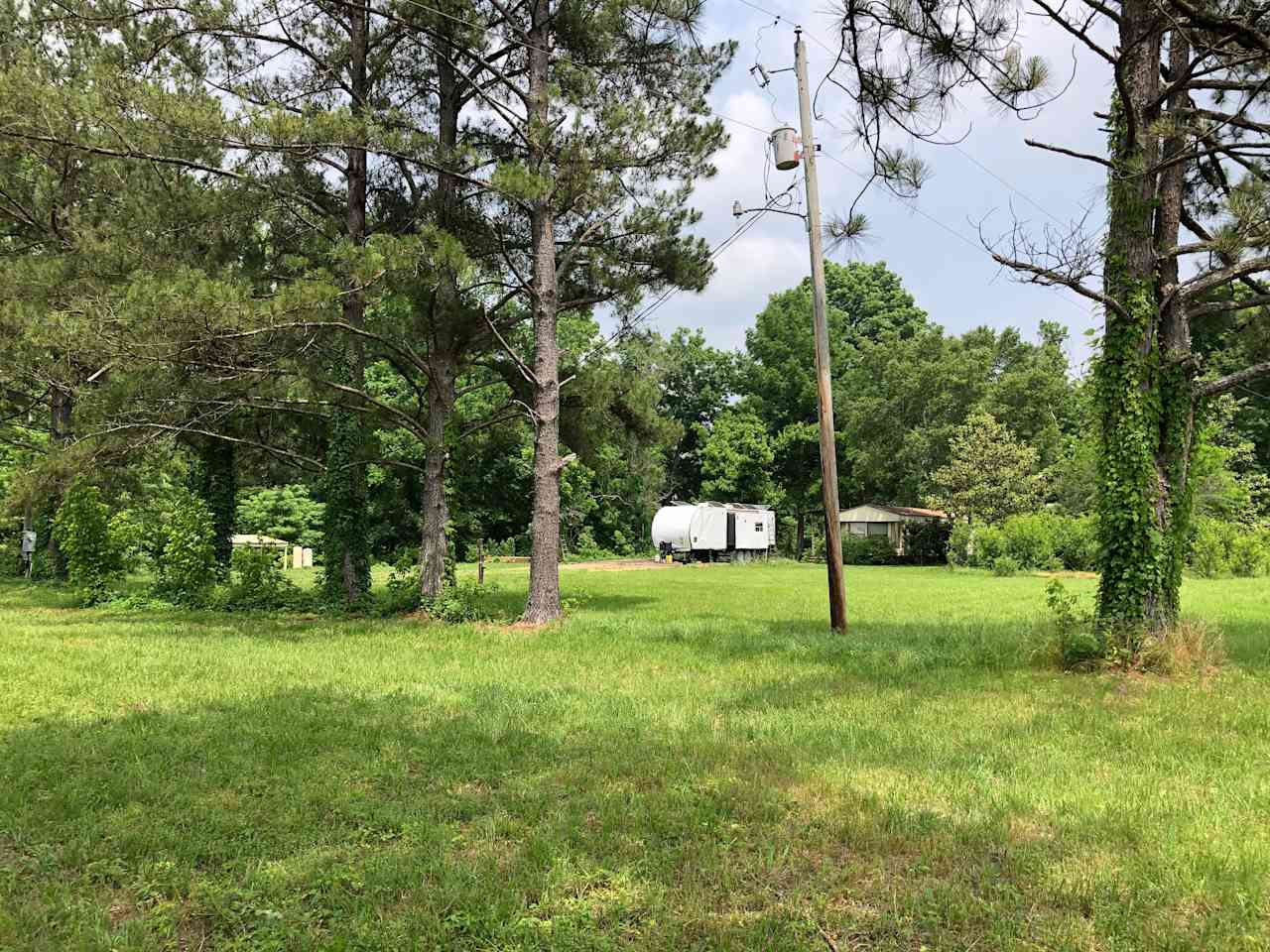The best camping near Poverty Point National Monument
Discover the most magical spots to pitch your tent or park your rig on your next Poverty Point National Monument adventure.
Popular ways to camp
Community favorites near Poverty Point National Monument
Top-rated campgrounds reviewed by the Hipcamp community.
Bayou Choo Choo
Savage Lane Farm Camping
RV park and tent camps
Green Oasis
Bayou Darbonne RV lot
Shugabear's Wooded Retreat
Top-rated campgrounds near Poverty Point National Monument
Payne Lane Farms & Campground
Leatherneck On Big Black River
BLACK RIVER CAMPSITE MISSISSIPPI
The best camping near Poverty Point National Monument guide
Overview
About
Around 3,700 years ago, a thriving Native American culture created an ancient trading post and cultural center. Poverty Point may not look like much now. Back in 1700 B.C., it was an engineering marvel.
The mound on the site measures 72 feet tall. It sits above the nearby creek. You can see for miles in any direction from the highest part of Poverty Point.
The most amazing thing about this settlement is its construction. It took the native culture 5 million hours to build it. All the people had to use were stone tools, woven baskets, and pack animals to move the dirt. Scientists trace some of the building materials to the Ouachita Mountains in northwest Arkansas and from the Ohio River Valley.
The result was astonishing. Six concentric circles formed rings around a central point. Rows of houses and streets through the rings helped keep structures in order. A large, pyramid-like structure overlooked the entire settlement at its highest point. This is America's version of Stonehenge. It's captivating, ancient and mysterious.
Archaeologists aren't sure why Poverty Point existed. It could have been a trading post or religious center. They do know that the place was suddenly abandoned in 1100 B.C. It wasn't until digs in the 1960's that the significance of the site came to light. There's no other place like this in North America.
See ancient artifacts from the site in the Visitor's Center and Museum. Just think about what was happening back then. Ancient Egypt and Greece flourished as the pinnacle of civilization. Europeans were mostly bands of vandals. It wasn't until the early 1500's that European explorers reached Louisiana.
Trails and tram rides take you to key points of the site. Guided tours happen from March through October.
Top parks near Poverty Point National Monument
Top cities near Poverty Point National Monument
- Poverty Point National Monument



